In 1973, a bulldozer crashed through a false wall revealing hidden treasures from history in downtown Chadron, Nebraska. Shattering glass was heard as over 10,000 glass plates, containing photographic images from 1906 – 1940, were exposed. Workers from the Zuver Construction Company, hired to demolish the old Ray and Faye Graves Photography Studio, knew that these glass plates were rare relics from the past.
Of the 10,000 plates once hidden behind the wall, only 1,100 were able to be salvaged from the rubble. These plates were transported to the local newspaper’s building, The Chadron Record, for storage. Once again they were forgotten until a few years passed and the paper’s staff used some of the images in historical features and advertisements. Chadron State College Foundation later acquired the glass plate collection where they were first kept at the King Library and later transferred to the Mari Sandoz High Plains Heritage Center on campus.
Staff and interns were thrilled as the degrading, ghostly emulsions were transformed into prints depicting early 1900’s life in Nebraska. After digitizing 100 photographs, 50 studio portraits were chosen to be on display for the public in September of 2004. Since that time digitizing work and archival preservation have continued. The staff at the Mari Sandoz Heritage Center presented more of the Graves’s extensive collection for the public in January of 2019 titling the exhibit Photos From the Rubble. The themes of the photographs on display were historical, sporting events, town life, agriculture, and Native American. Some of the highlights of these early 1900’s photos were of 88-year-old Chief Red Cloud with his family, Theodore Roosevelt visiting Chadron, endearing scenes of little girls around a maypole, and picnicking families. The staff enhanced the event with period-specific music, food, and clothing. Because of their historical value and the public’s love of seeing them, a few pieces from the Photos from the Rubble exhibit are now displayed in the permanent gallery at the Mari Sandoz High Plains Heritage Center.
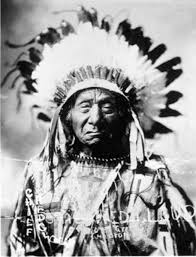
Chief Red Cloud 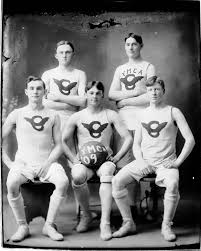
YMCA Basketball Team
Looking at these images from the past, viewers wonder about the people and places depicted on each print as well as the entrepreneurial artists, Ray and Faye Graves, who dedicated so much of their lives creating them. What was their story?
Ray and Faye Graves were married in 1909 in Chadron, Nebraska. She joined him in his photography business where they resided above their studio. Both were highly-trained pioneers in early photography, Ray being trained at Eastman Kodak in New York, as Faye trained at the Illinois College of Photography after they were married. They opened several studios in surrounding towns. They developed a special relationship with local Native Americans taking many photos of Oglala Lakota Sioux. Tragically, Mr. Graves died in 1919 from the Spanish flu epidemic along with 25 other Chadron residents. Mrs. Graves eventually returned to their studio until her retirement in 1940. They produced an estimated 10,000 glass plates throughout their careers
Due to the efforts of the demolition workers, newspaper employees, Chadron State College students and employees, and the staff at the Mari Sandoz Heritage Center, the spirits of Ray and Faye Graves live on in the reincarnated images lifted from their photographs gifting us, who treasure things of old, a glimpse of what was.
Resources:
http://www.csc.edu/modules/news/publicnews/view/3484
Thank you for stopping by! Recollections designs and creates history-inspired fashions in Hawks, Michigan, USA. Here is an example of something that Faye might have worn.

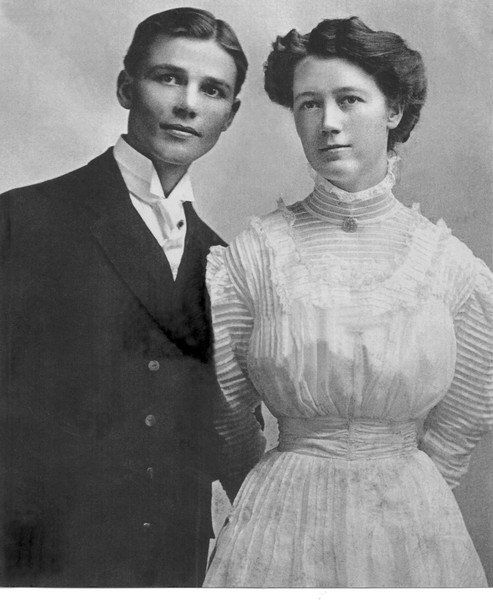
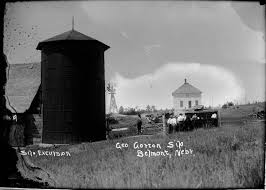
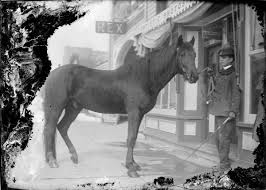
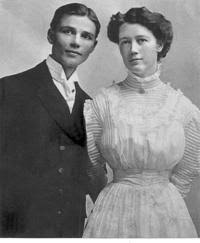
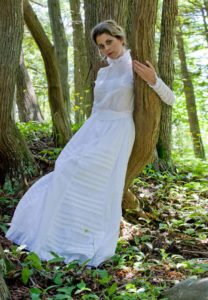








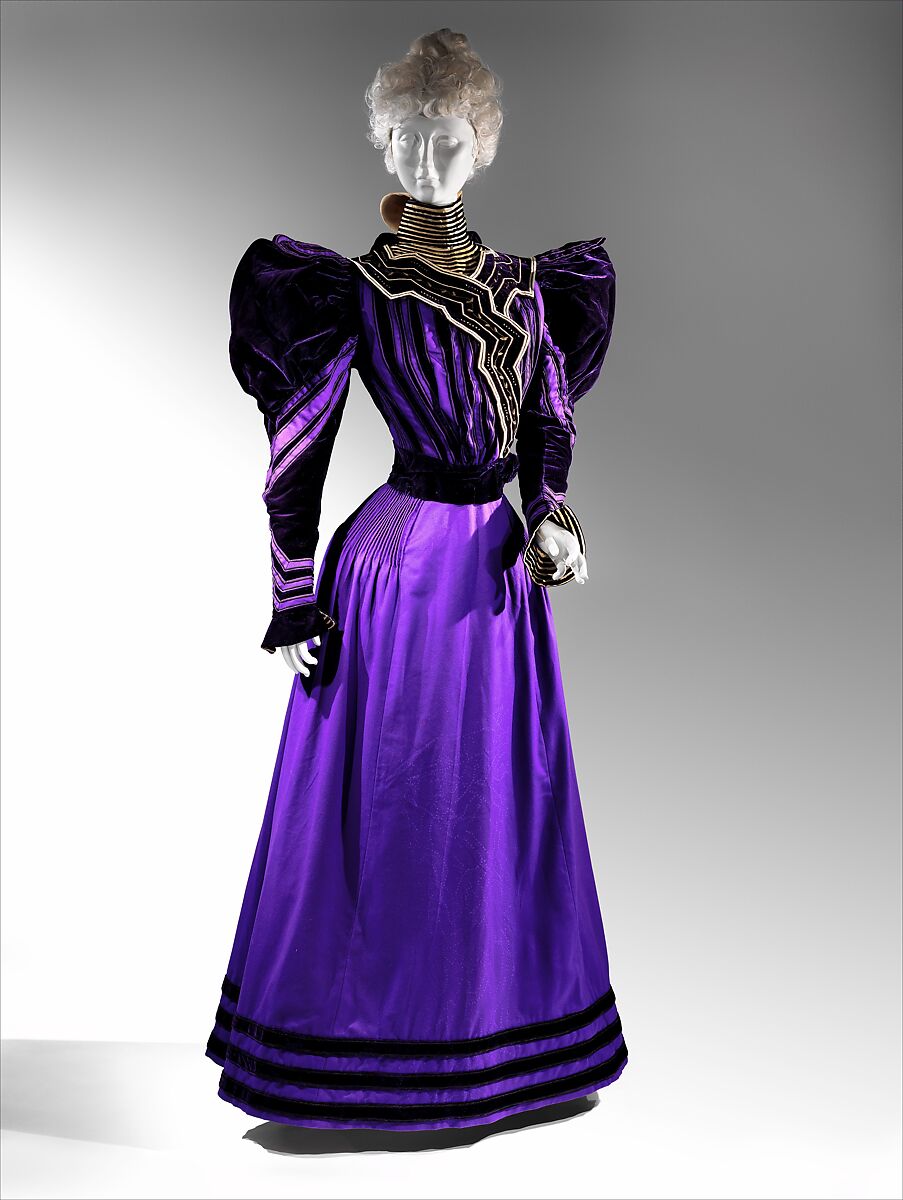


Leave A Comment